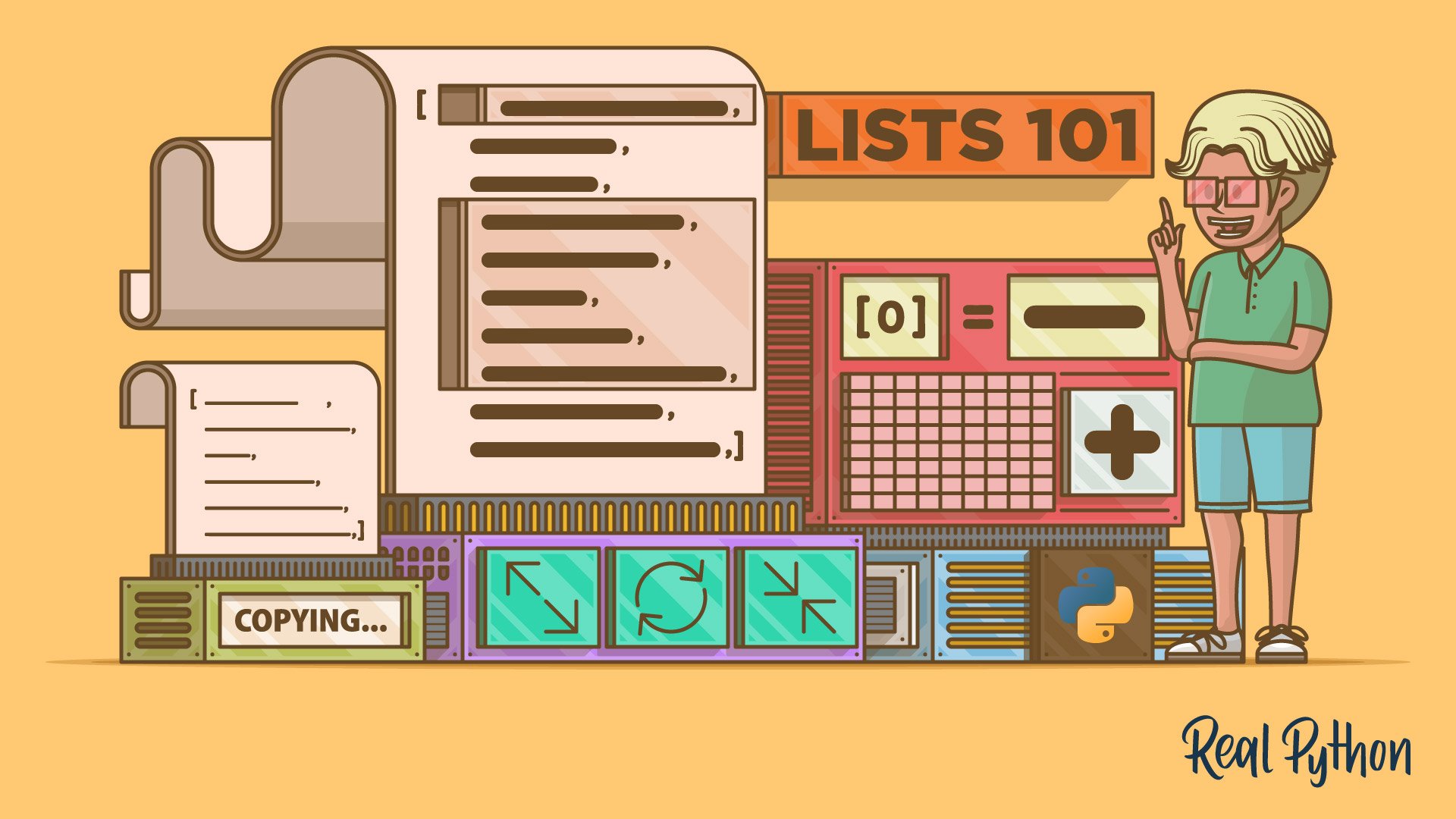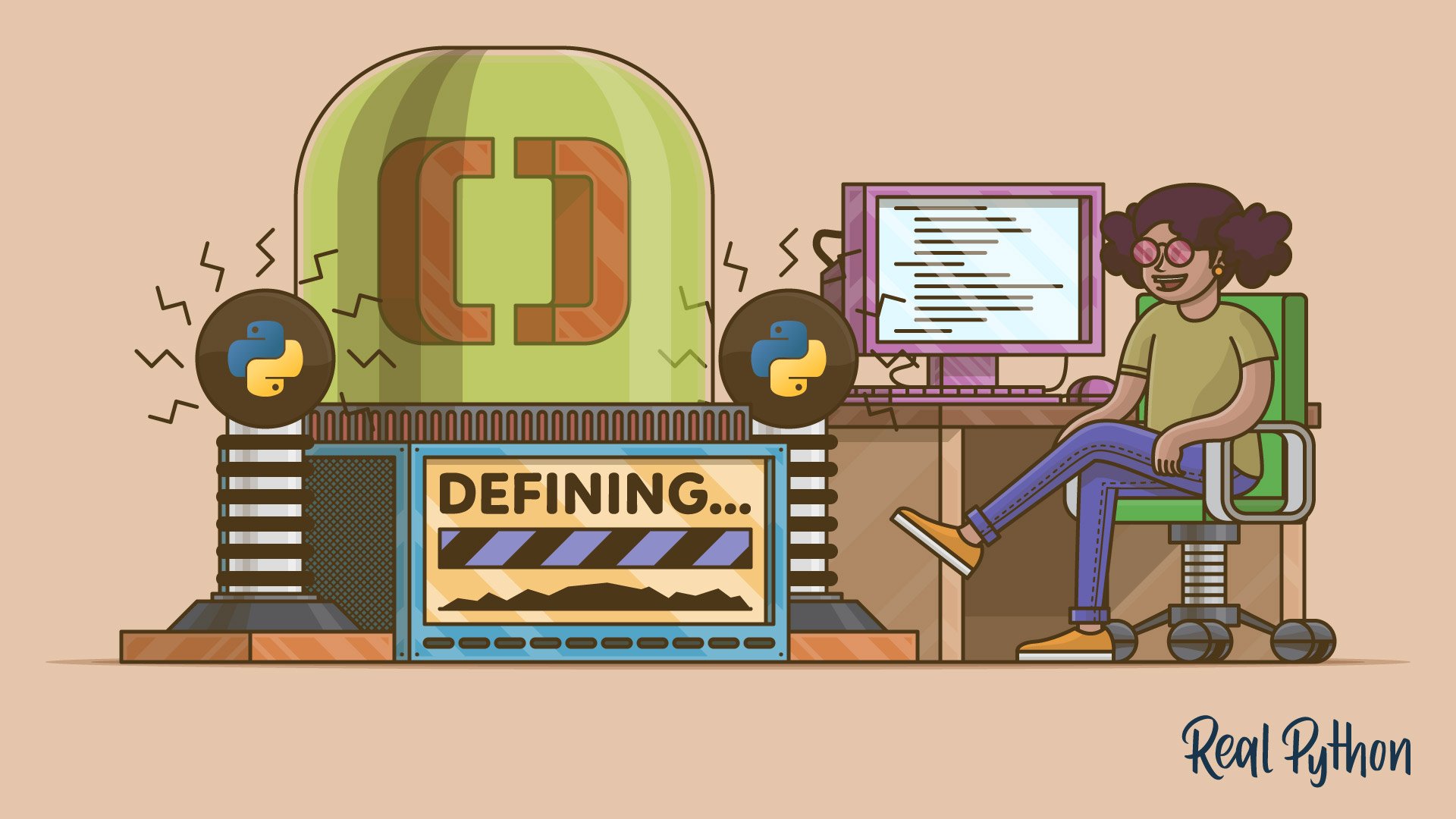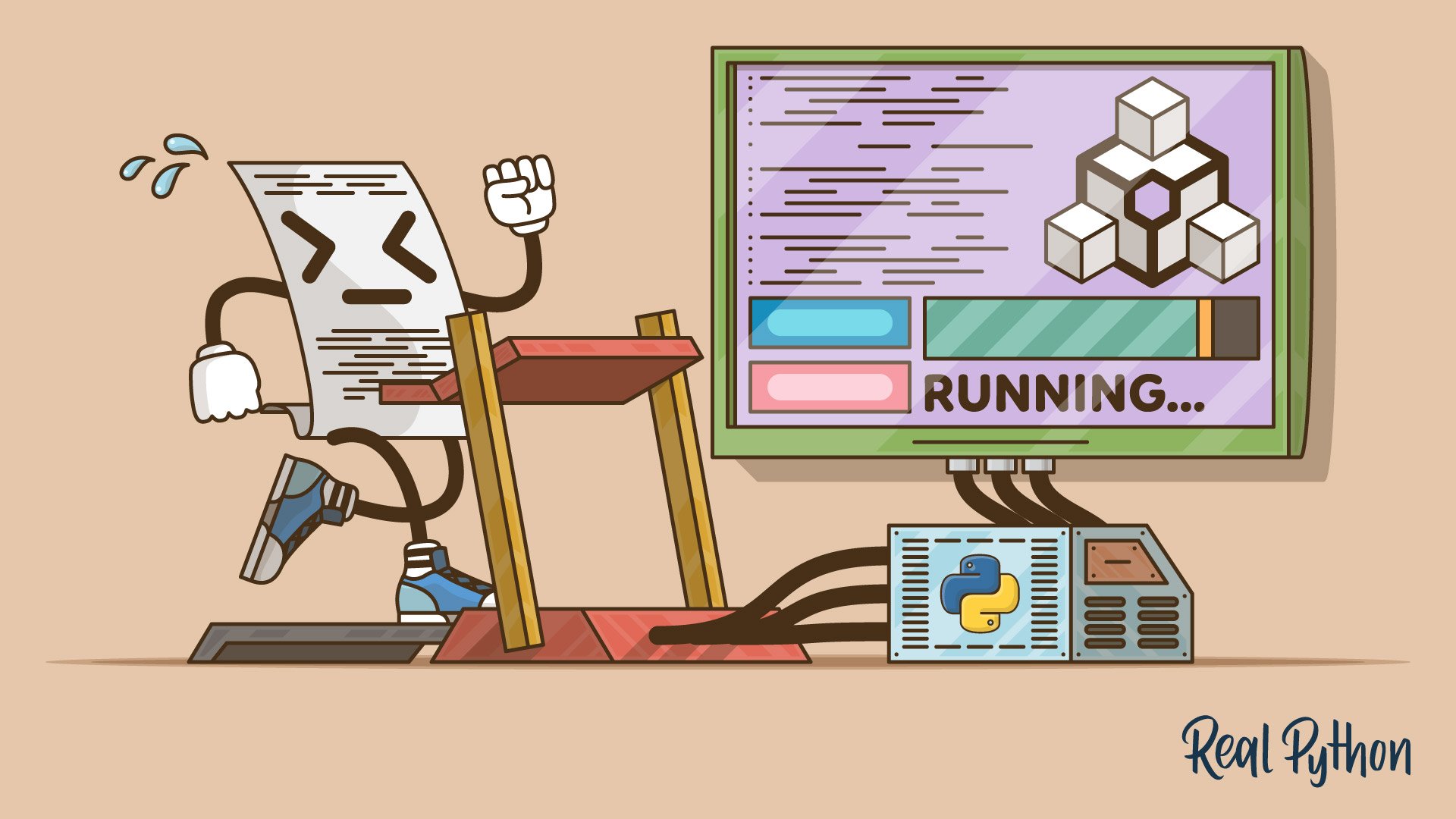Creating software is an achievement worth celebrating. But software is never static. Bugs need to be fixed, features need to be added, and security demands regular updates. In today’s landscape, with agile methodologies dominating, robust DevOps systems are crucial for managing an evolving codebase. That’s where GitHub Actions shine, empowering Python developers to automate workflows and ensure their projects adapt seamlessly to change.
GitHub Actions for Python empowers developers to automate workflows efficiently. This enables teams to maintain software quality while adapting to constant change.
Continuous Integration and Continuous Deployment (CI/CD) systems help produce well-tested, high-quality software and streamline deployment. GitHub Actions makes CI/CD accessible to all, allowing automation and customization of workflows directly in your repository. This free service enables developers to execute their software development processes efficiently, improving productivity and code reliability.
In this video course, you’ll learn how to:
- Use GitHub Actions and workflows
- Automate linting, testing, and deployment of a Python project
- Secure credentials used for automation
- Automate security and dependency updates
What’s Included:
- 12 Lessons
- Video Subtitles and Full Transcripts
- 2 Downloadable Resources
- Accompanying Text-Based Tutorial
- Interactive Quiz to Check Your Progress
- Q&A With Python Experts: Ask a Question
- Certificate of Completion
Downloadable Resources:











